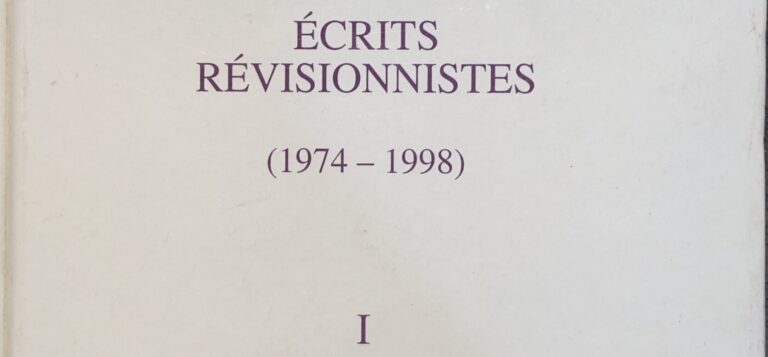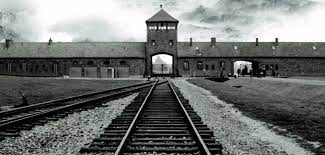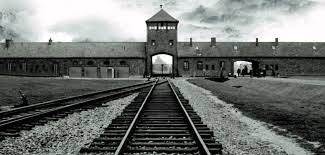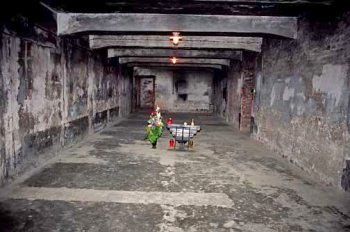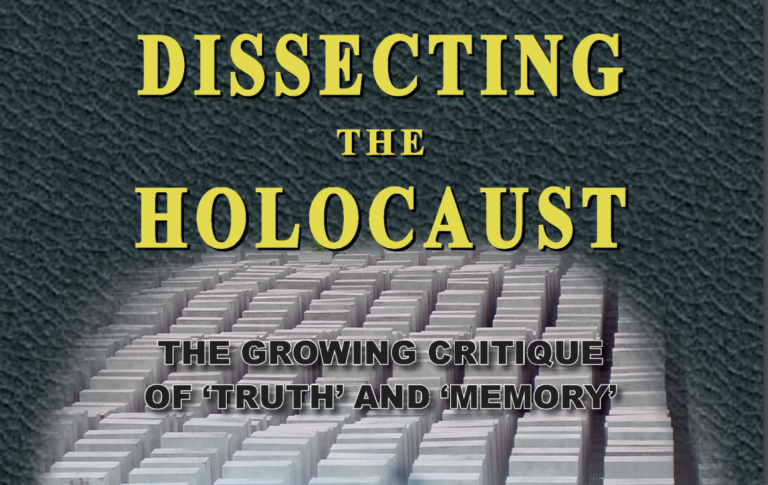Introduction aux Écrits Révisionnistes (1974-1998)
In Memoriam La coutume voudrait qu’en tête de ces Écrits révisionnistes je remercie tous ceux, sans distinction, qui me sont venus en aide dans mes recherches ou dans la réalisation de l’ouvrage. À l’encontre de cette coutume, je m’abstiendrai de nommer ici les vivants et je ne nommerai que les morts. En un temps où désigner un…

